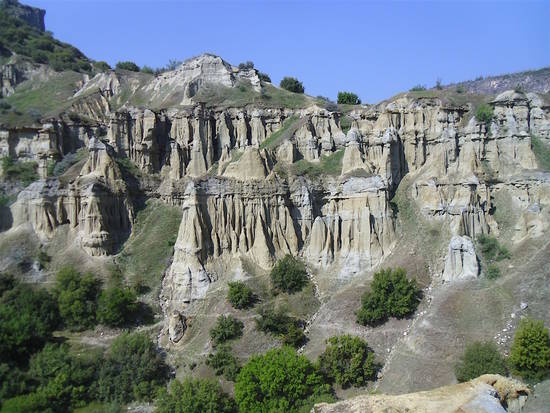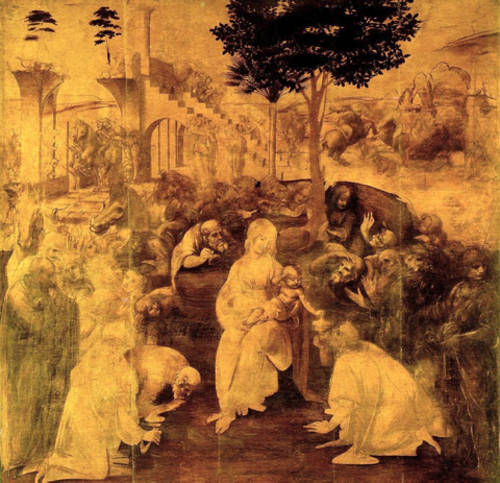East of Sardis, the black fields of Kula extend for some 1800 square kilometres, roughly south of the Gediz Valley to the towns of Katakekaume (today’s Kula) to the east, and Alaşehir, the ancient Philadelphia, to the south. They were praised in antiquity for their fertility: the wine, the Katakekaumenites caught Strabo’s attention (13.4.11). These days there are still vineyards, but the wine is strictly for export. Geology is the raison d’être of the place today and is what hopefully will put Kula on the tourist map.

The black fields are the result of comparatively recent volcanic episodes (roughly 10,000–15,000 years ago). Turkey is not short of volcanoes: think of the Erciyes overlooking Kayseri or of the Nemrut and the Suphan on the west edge of Lake Van. Here, however, everything is small, almost miniature, lending itself to the creation of a geopark. The Kula Volcanic Geopark, complete with UNESCO blessing, covers a number of sites dotted over an area of 300 square kilometres, where one can observe at first hand textbook examples of phenomena related to volcanism.
An infrastructure of trails, walkways, shelters and explanatory panels has been set up to guide people around; tour guides are being trained. On offer are extensive lava fields, barren, black and forbidding, in places several kilometres deep, now eroded into strange shapes and overlooked by cinder cones complete with craters. Lava caves and lava tubes are another feature of interest: they are formed when the lava flow develops a hard exterior crust while inside the hot stream is still flowing. In other places the lava cooled rapidly, forming basalt columns. The area’s bedrock is limestone. The flow of the hot lava has resulted in a modification of its chemistry in the contact area; it is in this way that marble is formed. Spectacular dykes show where the lava found its way into fissures: black snakes into white limestone. Erosion played its part here as well, creating a nursery of hoodoos (fairy chimneys) where one can see how they form and eventually topple over. The list is long; there are even fossilised human footprints in the cooling ash.
Back in town, the unusual geology of the black fields is apparent in the 18th-century Ottoman houses, all built in stones of a bewildering variety. A number have been lovingly restored and are open to the public. One is a guesthouse (Anemon Otel). A well-appointed museum in the main square rounds up the visit with hands-on exhibits, explanatory panels and maps.
One can only wish plenty of luck to such an ambitious project. It might prove an uphill struggle to entice tourists to see ‘just stones’ (to quote a disappointed visitor). But for anyone interested in the ground on which monuments stand this is a must. At the moment the site is little advertised. Anyone arriving in Kula would be hard put to to find it. The solution is very simple. This writer went to the police and found the trail with a police escort via a sequence of secondary unmade roads while a guide was summoned. The trails are ready but not the roads. Anyone wishing to visit without a police escort should ring Ali Karataş on 05432 177 581. He is the head of the guides and he will give you a guided tour in English.
by Paola Pugsley. Paola is the author of four Blue Guides ebooks on Turkey. She is currently working on a volume covering the coastal area between Troy and Bodrum.







